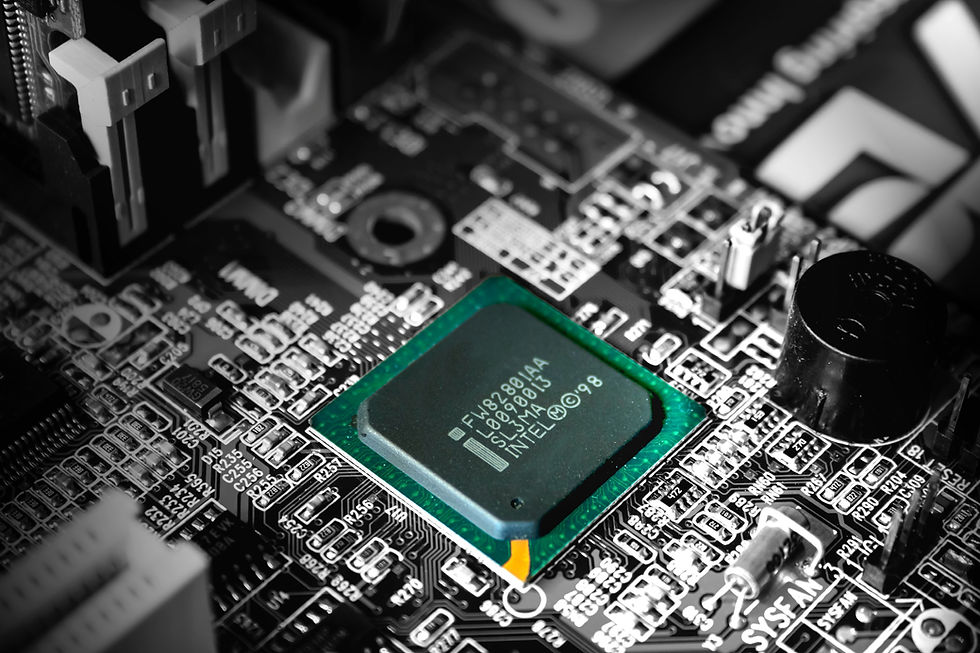Generative AI in Singapore’s Education: Balancing Innovation and Responsible Use Among Young Learners
- educaretutoringsg
- Sep 14
- 2 min read
From ChatGPT to image generators, generative AI tools are becoming part of daily life — and education is no exception. In Singapore, schools and tuition centres are beginning to explore how AI can enhance learning, whether through personalised explanations, creative brainstorming, or automated feedback.
But alongside the opportunities lies a critical question: How do we ensure young students benefit from AI without losing essential skills like critical thinking, problem-solving, and originality?

Opportunities AI Brings to Education
Personalised Learning Support – AI can explain concepts in different ways, catering to individual learning speeds and styles.
Efficiency for Revision – Students can generate summaries, quizzes, or explanations to reinforce understanding.
Creativity and Exploration – Generative tools can spark ideas for writing, design, and projects.
These benefits, if guided properly, can complement the already rigorous Singapore education system.
Risks of Overreliance for Young Students
However, uncontrolled or unguided use can hinder development:
Erosion of Critical Thinking – Students may copy answers without understanding the reasoning.
Weaker Resilience – Reliance on instant solutions may discourage persistence in solving challenging problems.
Academic Dishonesty – Without boundaries, AI can be misused for homework or essays, bypassing genuine effort.
Skewed Worldview – Generative AI sometimes produces biased or inaccurate information, which young minds may not yet be able to discern.
Guiding Principles for Parents and Educators
Use AI as a Co-Pilot, Not a Driver
Encourage children to use AI for brainstorming or checking work, but not as a replacement for their own thinking.
Set Clear Boundaries
Define when AI tools are appropriate (e.g., revision, practice questions) and when they’re off-limits (e.g., exams, graded homework).
Teach Digital Literacy Early
Students should learn to question AI outputs, check for accuracy, and cross-reference with reliable sources.
Model Responsible Use at Home
Parents can demonstrate how to use AI tools constructively, such as drafting ideas before refining them manually.
Balance AI with Traditional Learning
Handwriting, mental sums, and independent research still play a crucial role in developing focus and deep thinking.
A Balanced Path Forward
Generative AI is not going away — in fact, it will likely shape the future workforce your child will enter. The real challenge is not banning it, but teaching students how to use it wisely.
If parents and educators can strike the right balance, AI can be a powerful ally: boosting curiosity, supporting personalised learning, and preparing children for a tech-driven future, all while keeping their critical faculties sharp.
At Educare Tutoring, we believe young learners should grow their foundation skills first — with AI as a supportive tool, not a crutch.




Comments